How to clean a drape coat at home without washing?

A woolen coat is a beautiful and warm demi-season clothing that requires careful wear and regular care. Drape is a heavy two-layer fabric that is not recommended to be washed in a washing machine. In order for the product to serve for a long time and not lose its original appearance, you need to use chemical treatment or self-delicate cleaning at home.
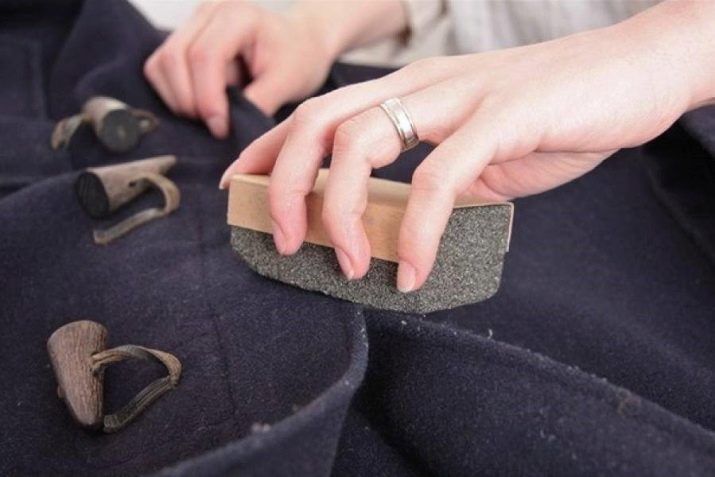
Types of self-processing
Types of self-processing There are two ways to clean a woolen coat - dry and wet. How exactly to clean depends on the degree of contamination of the product, the time allotted for the procedure, and the availability of the necessary funds.
Dry method
It involves quick cleaning of the product without moistening and the need to use additional time to dry the item. For this procedure, you will need a coat hanger, a brush, rye bread, a roller, rubber gloves, Vanish hand wash powder, and baking soda. Before you start cleaning, you need to place the coat on a coat hanger and inspect the product to determine the most contaminated areas.
At this stage, you need to clean the fabric of dust, threads and hair using a roller or natural brush. Cleaning should be done in the direction of the pile.

For moderate dirt, cleaning can be done as follows:
- It is required to take a dry washing powder for woolen products, for example, "Laska", and sprinkle it evenly over the coat previously spread out on the table.
- Then you need to put on gloves and rub the product over the surface of the product with light movements.
- Leave the coat as it is for one hour and then remove the powder with a bouncy brush or a slightly damp sponge.
When cleaning light, including white, models, it is better to use Vanish, it will gently clean the surface and leave no residue. Instead of powder, it is allowed to use soda, which can only be removed with a dry brush.
The disadvantages of this method include the impossibility of using it for cleaning dark colored clothes.
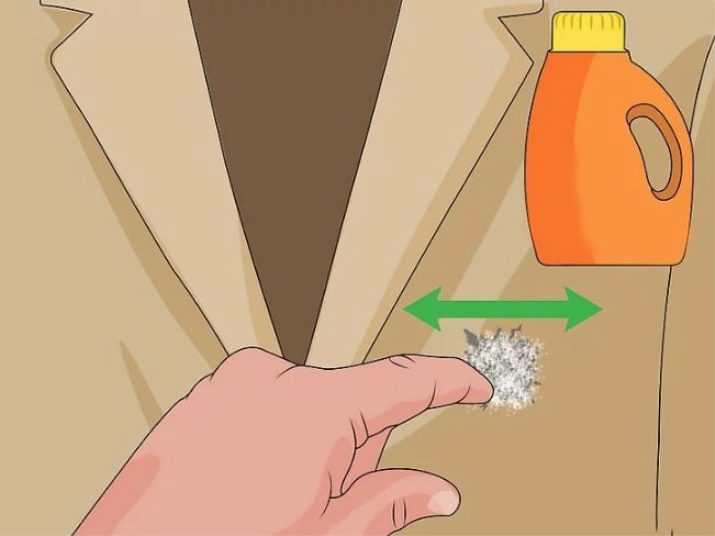
Foam treatment can also be attributed to dry cleaning. For its implementation it is necessary:
- Take any carpet cleaner, dilute it with water and lather well.
- Apply the foam to the coat, avoiding wetting of the material, and leave to dry completely.
- Then, with a brush, remove its remnants.
The good thing about this method is that it can be used to clean and refresh clothes with sufficient quality, without resorting to washing and excessive moisture.
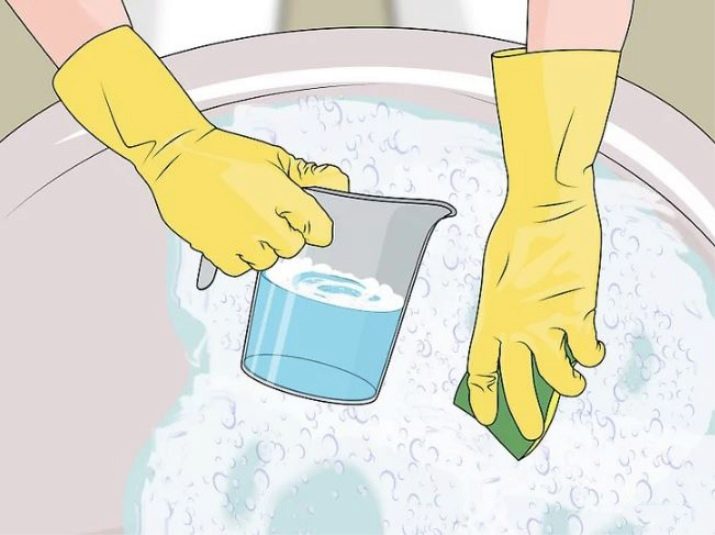
Dry cleaning can be done at home using bread crumb or sawdust. For processing, it is better to use varieties of rye bread: it rolls well into balls and adsorbs dirt. You need to crush the bread crumb on the coat, and then start rolling it up. When using sawdust, it is necessary to sprinkle them evenly on the spread out product, cover with gauze and start rolling the sawdust through it with a roller for clothes.
After finishing the treatment, the coat must be knocked out and cleaned with a medium-hard brush.
Wet cleaning
It is more labor intensive and time consuming:
- For processing, solutions of detergents for washing wool, laundry soap, detergents for suede and balm-rinse for linen are used.
- They must be dissolved in warm water and applied to the contaminated surface with a cloth.
- Lightly rub the solution into the material, then leave it for half an hour.
- Then you should rinse the fabric with warm water and blot with a dry cloth.
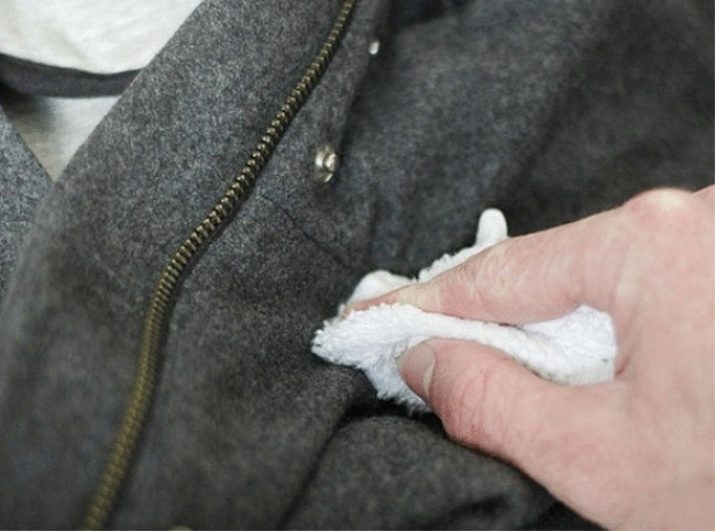
In order to prepare a liquid detergent from laundry soap, you need to grind it on a coarse grater and grind it with a blender with a little hot water. After obtaining a homogeneous composition and cooling the liquid to 30 degrees, you can start cleaning.
A soft natural brush is recommended.
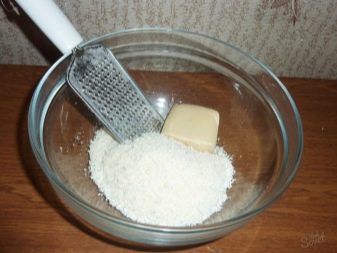

Dark and black items can be cleaned with black tea. To do this, it is necessary to brew loose leaf tea, moisten a sponge in it and treat the contaminated areas. After 40 minutes, rinse the infusion with running water and pat it dry with a dry napkin.
Removing stains
Stubborn dirt can also be removed at home. If the collar, pockets and cuffs are heavily greasy, it is necessary to prepare a mixture of salt and ammonia in a ratio of 1: 4. Then moisten a sponge in this solution and wipe the shiny areas. Instead of salt, you can use vinegar, taken in equal parts with alcohol.
Before starting cleaning, it is necessary to test the compositions on the inside of the product, and after making sure that the material does not change color, you can start processing.
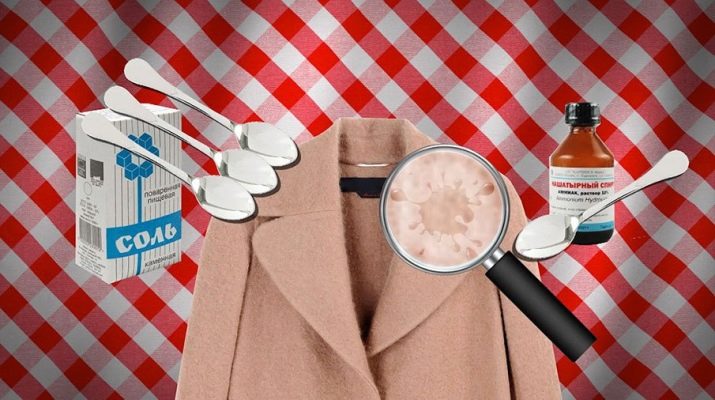
Stains can be removed with a conditioner balm:
- In this case, dilution with water is not required - a concentrated solution is used.
- Using microfiber dipped in balsam, you need to wipe off the stain, and then remove the solution with a wet napkin.
- When removing stains, cleaning should be done from the edge of the dirt to its center, placing a thick cloth under the stain from the inside of the product.
This will avoid the appearance of the boundaries of the contaminated area after cleaning.
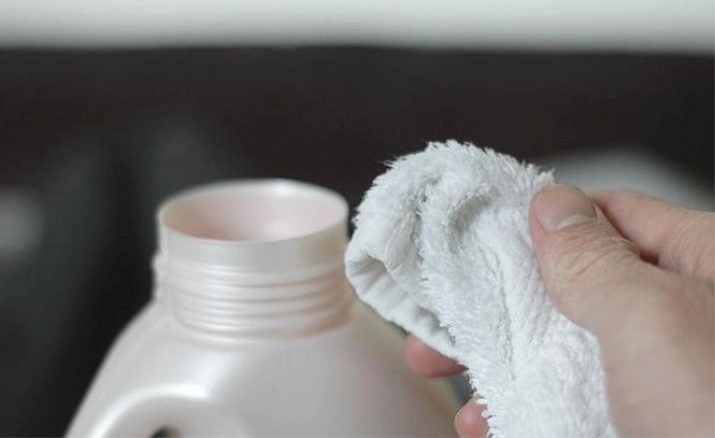
When removing greasy stains, processing is carried out from the seamy side of the product:
- To do this, you can use talcum powder or starch, abundantly covering the stain with them and leaving for several hours.
- Hydrogen peroxide and refined gasoline also work well with grease.To remove a stain with their help, you need to put a cloth soaked in gasoline or peroxide under the dirt, and on top of the stain - a clean and dry napkin.
- A freshly planted grease stain will easily disappear if you put a paper towel on top and iron it with an iron.
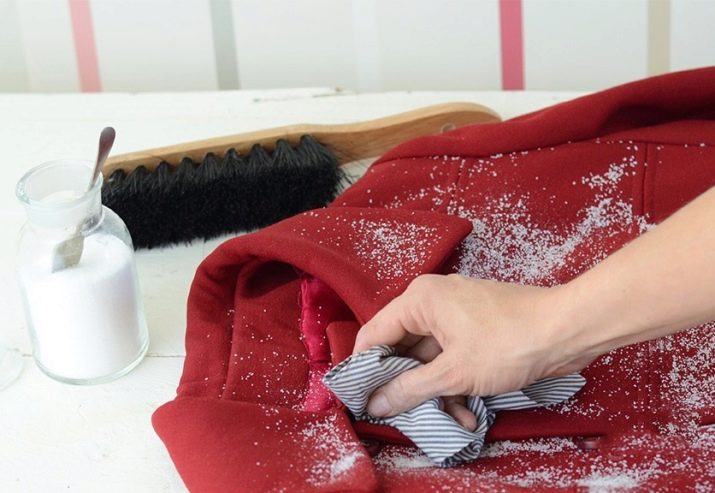
Old dirt is removed according to the following algorithm:
- If the contamination is old and dry, then before proceeding with its removal, you need to hold it over steam.
- To remove stubborn stains, mix half a glass of water, 4 tablespoons of dish soap and a teaspoon of ammonia. The mixture is applied to the stain and left for half an hour, after which it is thoroughly washed off with water and wiped dry with a napkin.
- After processing with cleaning compounds, you must immediately rinse the fabric with running water and blot with a napkin.
Beer stains are cleaned with a solution of peroxide, and coffee and tea stains are cleaned with a mixture of ammonia and glycerin, taken in a 1: 2 ratio.
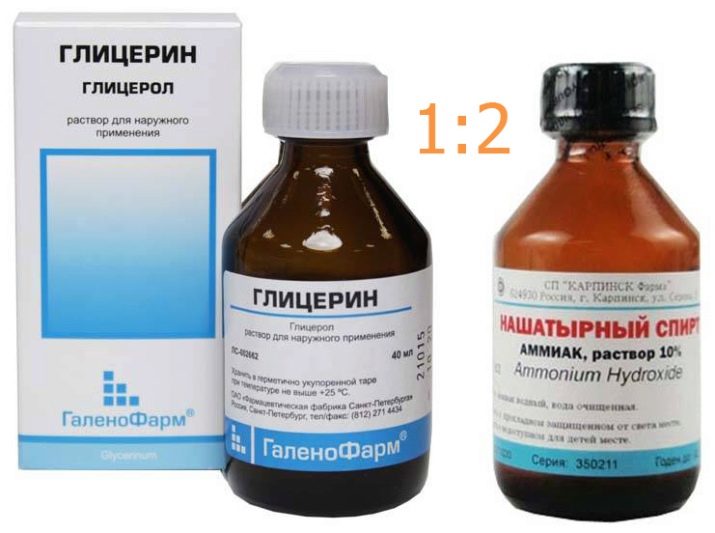
Drying and ironing rules
It is recommended to dry drape coats in a straightened and unbuttoned form, using a hanger. The room must be dry and well ventilated. To shorten the drying time, thoroughly wipe the fabric with dry napkins or a towel.
Exposure to direct sunlight and placing the product near heating devices is not allowed.
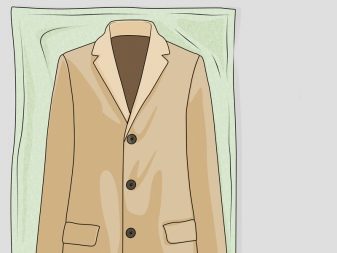
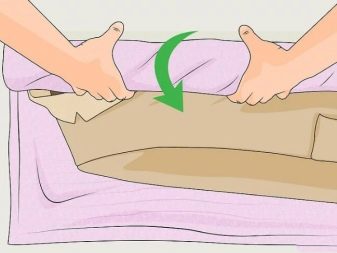
It is necessary to iron the drape coat iron with vertical steaming function. It is possible to use the ironing board only if the product is ironed from the wrong side. Ironing the front surface can be carried out in extreme cases and only using wet gauze.
The heating temperature of the iron should not exceed 200 degrees. First, you need to test the effect of high temperature on the inside of the product.

Cleaning a woolen coat at home is not difficult and helps to maintain a decent look of the product for a long time. Wet processing should be done every time at the end of the season, while dry processing can be used several times a month as needed. The advantage of home cleaning is a more gentle effect on the material compared to processing with strong chemicals. This preserves the fiber structure of the fabric and contributes to a longer product life.
For more information on how to properly clean a drape coat, see the next video.








